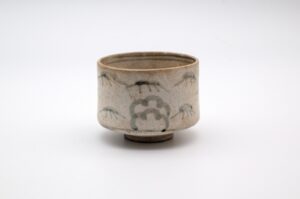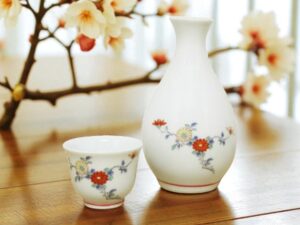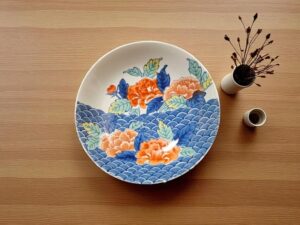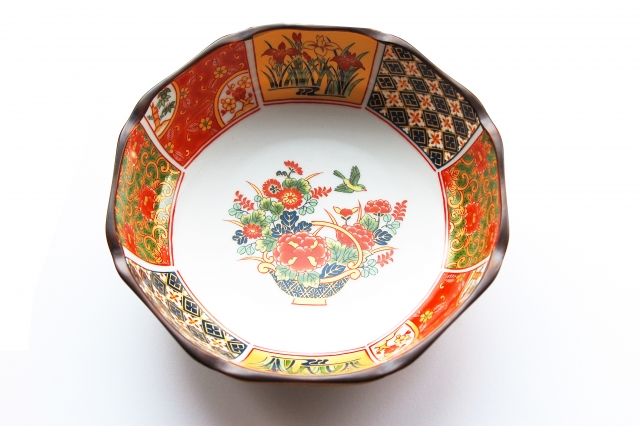Arita Porcelain — The Art and Life Reflected in White
Japanese tableware reveals a quiet presence the more it is used.
Rather than asserting itself, it gently blends into daily life, accompanying the hands and hearts of its users over time.
Among such vessels, Arita ware stands as a quintessential example.
Nestled in the mountains of western Saga Prefecture lies the small town of Arita, where Japan’s first porcelain was born in the early 17th century.
Its white porcelain reflects light like the surface of pure water, upon which indigo lines and crimson flowers softly float.
Arita ware can truly be called a tangible expression of the Japanese sense of beauty.
Origins of Arita Ware
The story begins in the early 1600s.
After Japan’s military campaigns on the Korean Peninsula (the Bunroku–Keichō wars), potters brought from Korea discovered white porcelain stone in Arita’s mountains.
At the center of this tale is Yi Sam-pyeong, a master potter who is said to have found the porcelain stone at Izumiyama and succeeded in firing Japan’s first true porcelain.

The Founder of Arita (Imari) Porcelain, Yi Sam-pyeong
From this discovery, kilns began to appear one after another in the quiet valleys of Arita, transforming the small village into the heart of Japan’s porcelain production.
At first, the techniques were crude, and the clay lacked refinement; the porcelain emerged with a faint gray hue.
Yet the potters were captivated by the new material, devoting themselves to experimentation and gradually cultivating their own sense of beauty.
The Birth of Early Imari — Beauty Through Trial and Error
From these early efforts emerged what is known as Early Imari ware.
The name “Imari” comes from the port through which the wares were shipped to other parts of Japan and abroad.
Early Imari pieces were decorated with iron glazes and indigo patterns drawn in gosu (cobalt oxide), giving them a rustic warmth.
While influenced by Chinese Jingdezhen porcelain, the designs were reinterpreted through a distinctly Japanese aesthetic—becoming the foundation of what later came to be known as “Japanese-style porcelain.”

“Early Imari,” white porcelain with a faint grayish hue and a simple, warm texture
By the mid-17th century, painting techniques evolved further, and vividly colored porcelain adorned with red enamels and gold appeared—what would later be celebrated as the Kakiemon style.
The vivid red, blue, and yellow motifs floating on pristine white porcelain combined refinement and brilliance, earning admiration not only in Japan but also throughout Europe.
Exported by the Dutch East India Company (VOC), Arita ware—known overseas as “IMARI”—captivated royal courts and profoundly influenced Western porcelain traditions.
The Maturity of Craft and Beauty
From the late 17th to the 18th century, Arita porcelain entered an age of artistic maturity.
Two styles came to define this era: the colorful Kakiemon style and the meticulously controlled Nabeshima ware, produced under the strict supervision of the Saga domain.
Kakiemon porcelain, adorned in graceful hues of red, blue, and yellow upon pure white, is known for its refined elegance and harmony between color and empty space—a quality highly prized in Europe.
Nabeshima ware, on the other hand, was crafted as a presentation gift for the shogunate.
To reflect the prestige of the Nabeshima clan, no compromise was permitted in its production.
Each piece exuded quiet dignity through precise composition and subdued tones, representing the pinnacle of disciplined craftsmanship.

The “Kakiemon style,” distinguished by its elegant and colorful overglaze decoration, gained great popularity in Europe.

The “Nabeshima ware,” a finest porcelain created as tribute pieces for the shogunate and feudal lords.
Thus, Arita ware established itself not only as everyday tableware but also as fine art.
Arita in Everyday Life — The Union of Use and Beauty
The charm of Arita porcelain lies not merely in its brilliance.
It is a work of art meant to be lived with—a fusion of practicality and beauty rooted in the Japanese concept of “yo no bi” (the beauty of utility).
Every curve and contour is designed with purpose: the smoothness of the rim, the fit of the vessel in the hand, the quiet balance of empty space within.
Each aspect is shaped with the user in mind, bringing a sense of calm harmony to daily life.
“The vessel is complete only when it is used.”
This belief runs deeply through all of Japanese craftsmanship.

In Japan’s craftsmanship lies a deep-rooted philosophy: a vessel is only complete when it is used.
The Unchanging Spirit of Beauty
Even after 400 years, the flames of Arita’s kilns continue to burn.
Though the forms have evolved, the quiet passion to create beauty remains unchanged.
Arita ware is more than just porcelain.
It is the union of human warmth, nature’s gifts, and a sensibility refined over centuries—an enduring symbol of Japanese life itself.
Reflected in its white porcelain is a timeless gaze toward beauty.
The serene glow of Arita ware will continue to illuminate our lives, reminding us to cherish the things we hold in our hands.




コメント